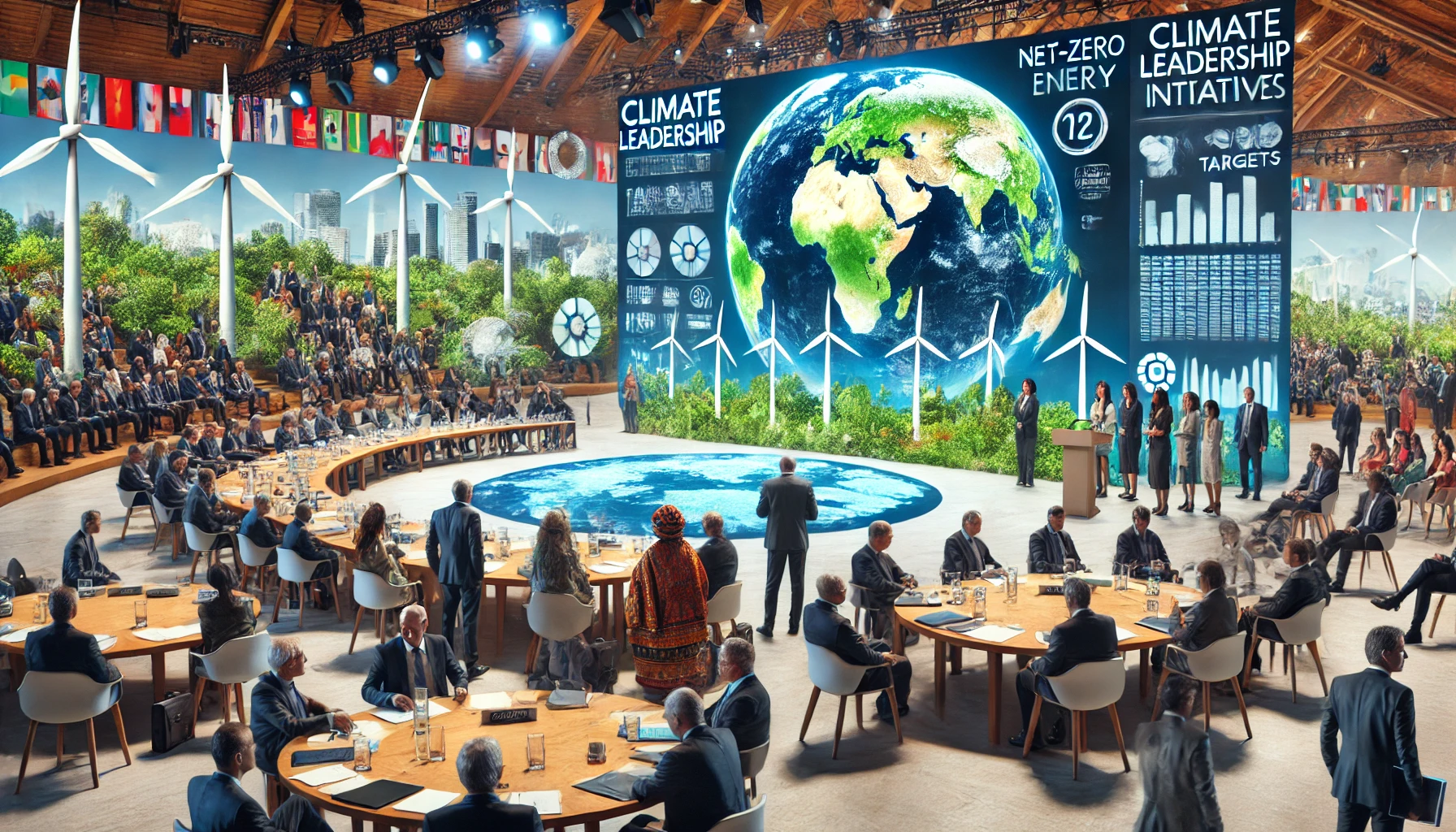Top Sustainable Brands in Spain: Innovators in Eco-Friendly Practices
Spain is emerging as a hub for sustainable innovation, with many brands taking the lead in adopting eco-conscious practices. From ethical fashion to renewable energy solutions, Spanish companies are setting examples of how businesses can thrive while respecting the planet. Here are the top sustainable brands in Spain that are making a difference. 1. Ecoalf … Read more










